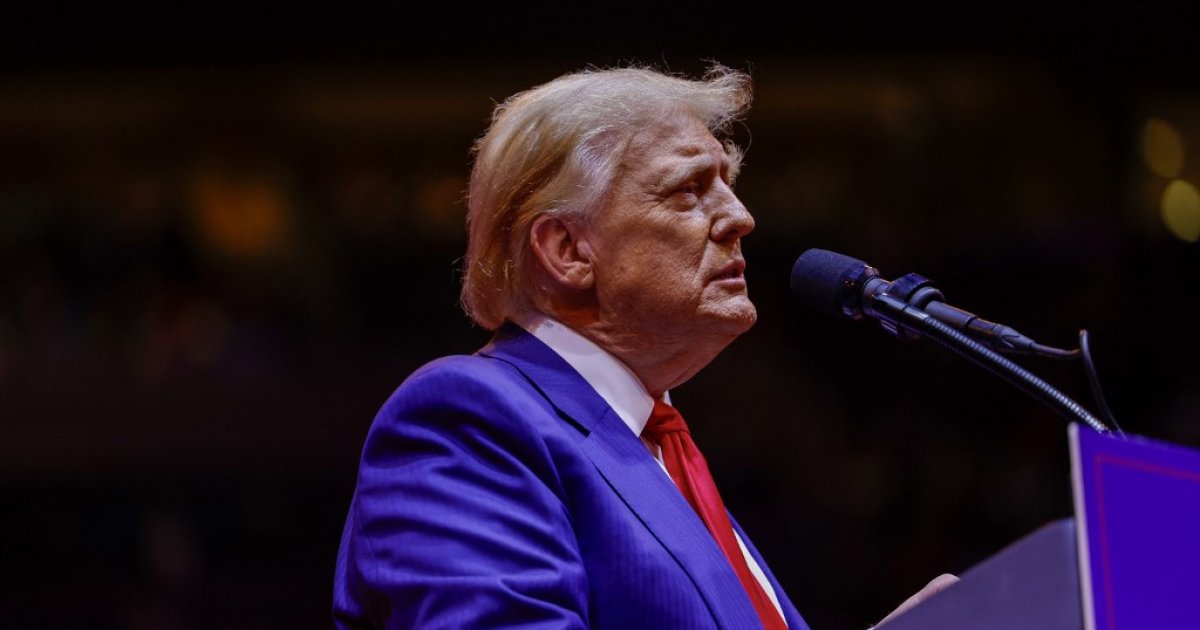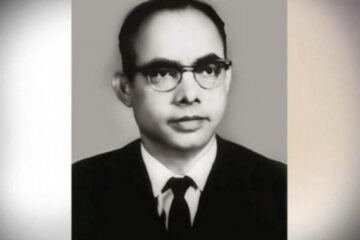The return of Donald Trump to the White House has once again turned international diplomacy into a theatre of uncertainty. His governing style thrives on directness and unpredictability, treating global relationships as personal negotiations rather than structured partnerships. India, one of the world’s largest emerging economies, finds itself navigating a difficult path between two great powers, the United States and Russia, as Trump’s words and actions continue to unsettle New Delhi.
The latest example came when Trump described Indian Prime Minister Narendra Modi as “the most beautiful person” he has ever met — only to call him a “killer” in the same breath. Speaking in South Korea during his Asia tour, Trump recounted his supposed role in stopping a four-day war between India and Pakistan. He claimed he had personally called both countries to end the fighting, threatening to cancel trade deals if they did not comply. According to him, it was this pressure that stopped the war.
His narrative, laced with dramatic exaggeration, stunned observers. For Indian diplomats, it was another reminder that Trump’s foreign policy is not guided by protocol but by performance. By claiming he halted a nuclear conflict single-handedly, Trump positioned himself as a global peacemaker, while simultaneously portraying Modi as a “beautiful” yet “murderous” figure. This bizarre duality captured the essence of Trump’s diplomacy: Praise and provocation intertwined.
Such comments come at a delicate time in India-US relations. Despite the rhetorical warmth, economic tensions have persisted. Earlier this year, Washington imposed a 50% tariff on Indian goods, causing India’s exports to the American market to fall sharply. The consequences were immediate: a 20% decline in the first month and 40% over four months. The United States remains India’s largest export destination, with trade worth around $87 billion last year. For a country aiming to maintain growth above 7%, sustained export losses are alarming.
Ironically, even as Trump unsettled New Delhi with his remarks, the two countries moved ahead with a landmark defense pact. India and the United States signed a 10-year agreement to expand cooperation in defense, technology, and regional stability. The deal, announced after a meeting between US Secretary of War Pete Hegseth and Indian Defense Minister Rajnath Singh in Kuala Lumpur, promises to deepen information sharing and technical collaboration. Both governments described it as the beginning of a “new decade of partnership.”
Rajnath Singh wrote that the agreement symbolizes how “strategically closer” the two nations have become and reaffirmed that defense would remain a “key pillar” of the bilateral relationship. The accord provides policy guidance for broader cooperation, particularly in the Indo-Pacific, where both Washington and Delhi seek to ensure an open, transparent, and rules-based environment.
Yet, this harmony on paper contrasts sharply with the confusion created by Trump’s unpredictable rhetoric. The same leader who signed the defense pact publicly mocked Modi and boasted about preventing war between India and Pakistan. Such contradictions blur the line between diplomacy and drama. According to analysts, the deal was supposed to be completed months earlier, but India delayed it due to frustration over Trump’s repeated claims about mediating South Asian conflicts.
India’s challenge, therefore, is not simply to manage an ally but to interpret one. Trump’s tendency to turn complex international relationships into personal contests keeps foreign ministries perpetually on edge. Every statement can shift perception, unsettle markets, and trigger domestic debate. His version of leadership leaves allies guessing whether his words are policy or theatre.
The tension between words and actions is not new in Trump’s diplomacy. During his first term, he forced India to end its oil imports from Iran. Now, in his second, he has publicly claimed that India promised to stop buying oil from Russia — a statement swiftly denied by New Delhi. Even when inaccurate, such claims carry real economic consequences. They pressure governments into clarifications, influence public debate, and occasionally, force policy adjustments.
India’s relationship with Russia remains one of the most enduring strategic partnerships in the modern world. It began during the Cold War and deepened after the 1971 conflict when the Soviet Union backed India while the United States supported Pakistan. The partnership expanded into defense, energy, and space. Even today, nearly half of India’s military hardware comes from Russia. Last year, bilateral trade reached a record $68.7bn, mostly driven by energy imports.
Cheap Russian oil gave India an economic cushion amid global volatility, with discounts of up to 23 dollars per barrel at one stage. But those savings have diminished to about 2.5 dollars. Between April and August this fiscal year, India’s imports from Russia fell 11%, while oil imports from the United States nearly doubled — from 2.8 billion to 5 billion dollars. The shift signals quiet diversification under diplomatic pressure, though not enough to satisfy Washington.
Trump’s declaration that India would end Russian oil purchases came while trade negotiations were still under way. Such remarks corner New Delhi. Rejecting them risks confrontation; silence risks misinterpretation. For a country that prizes strategic autonomy, being publicly told what to do undermines both diplomacy and dignity.
The irony runs deeper. While Trump praises Modi in grandiose terms, he simultaneously imposes policies that harm India’s economy. His administration’s tariff regime has been one of the harshest India has faced in recent decades. Analysts warn that if the tariffs persist, India’s exports to the US could fall by half, and its GDP could shrink by nearly one percent.
Domestically, Trump’s statements feed political tension. Opposition leaders accuse the Modi government of failing to defend national interests, portraying foreign policy as reactive rather than assertive. Each new claim from the White House sparks debate in Indian media, turning diplomacy into a partisan battlefield.
For Washington, India is a strategic asset in countering China. For Moscow, India remains a dependable partner and a major buyer of arms and energy. New Delhi’s ability to balance both relationships has long been viewed as a hallmark of its foreign policy maturity. But Trump’s governing style destabilizes this balance. His approach lacks institutional continuity and thrives on personal calculation. That makes him an ally one day and an adversary the next.
The new defense pact illustrates this paradox. On one hand, it enhances military cooperation, builds interoperability, and signals shared commitment to regional security. On the other, it does not shield India from economic shocks or rhetorical surprises. Even as officials sign agreements in Kuala Lumpur, Trump’s words in Seoul or Washington can undo weeks of careful diplomacy.
India’s foreign ministry continues to emphasize that its decisions on energy, defense, and trade are guided solely by national interest. But autonomy today is not what it was in the past. In a world where every statement is instantly amplified, even silence becomes a political act. Balancing the expectations of Washington and Moscow while preserving independent decision-making requires extraordinary skill.
Every few weeks, Trump’s comments about India create new ripples of uncertainty. They reach global headlines instantly, forcing Indian diplomats to clarify, deny, or downplay. This cycle of claim and correction drains political energy that could be better invested in building substantive partnerships. For New Delhi, discretion often seems safer than debate, yet too much discretion can appear as acquiescence.
Ultimately, India’s greatest challenge is to preserve its freedom to choose. Strategic autonomy is not about rejecting alliances but about ensuring flexibility in a world of competing powers. The question is not whether India will side with Washington or Moscow. The real question is whether it can remain free to decide its course without being dictated to by a friend who calls its leader both “beautiful” and “a killer” in the same sentence.
H M Nazmul Alam is an Academic, Journalist, and Political Analyst based in Dhaka, Bangladesh. Currently he is teaching at IUBAT. Email: [email protected]



